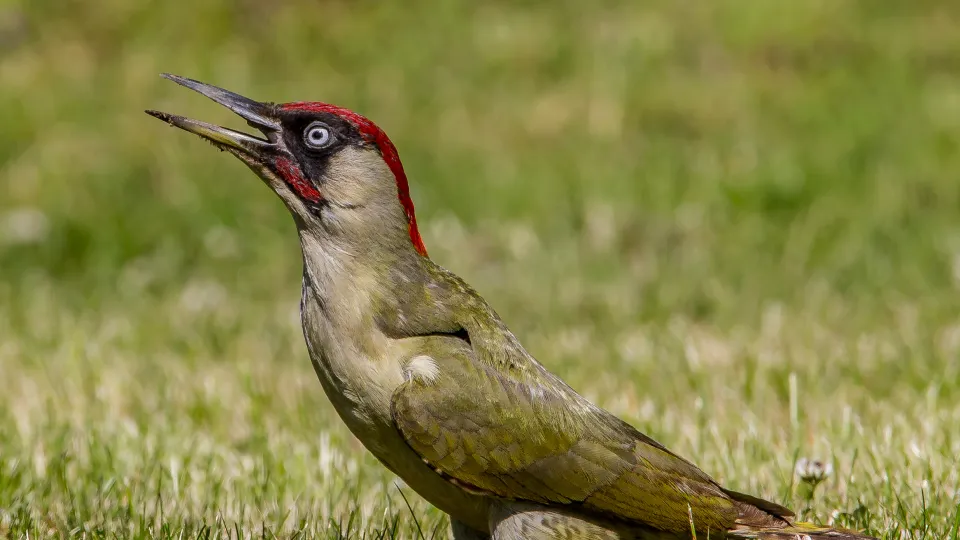
Green woodpecker
The laughing 'yaffle' call of the green woodpecker can be heard in our woodlands, parks and gardens. Look out for it hopping about your lawn, searching for ants to eat.

The laughing 'yaffle' call of the green woodpecker can be heard in our woodlands, parks and gardens. Look out for it hopping about your lawn, searching for ants to eat.
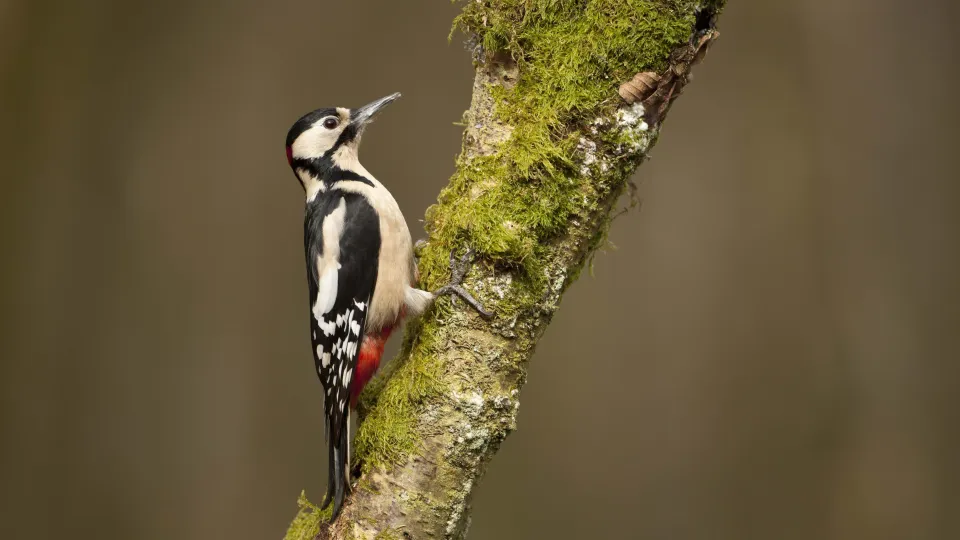
The 'drumming' of a great spotted woodpecker is a familiar sound of our woodlands, parks and gardens. It is a form of communication and is mostly used to mark territories and to display in spring.
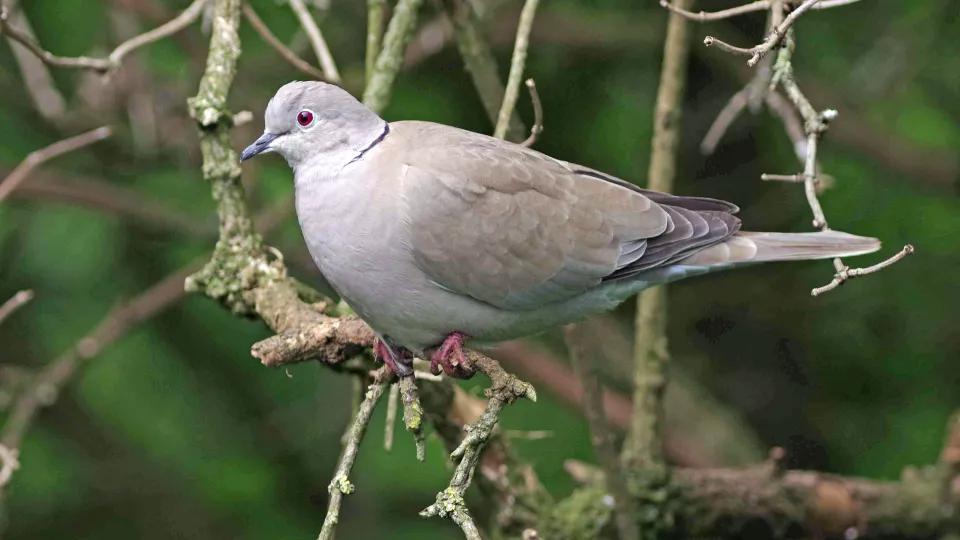
The collared dove is a pretty little pigeon that is a regular sight in our gardens, woodlands and parks. Listen out for its familiar cooing call, which you may hear before you see the bird itself.
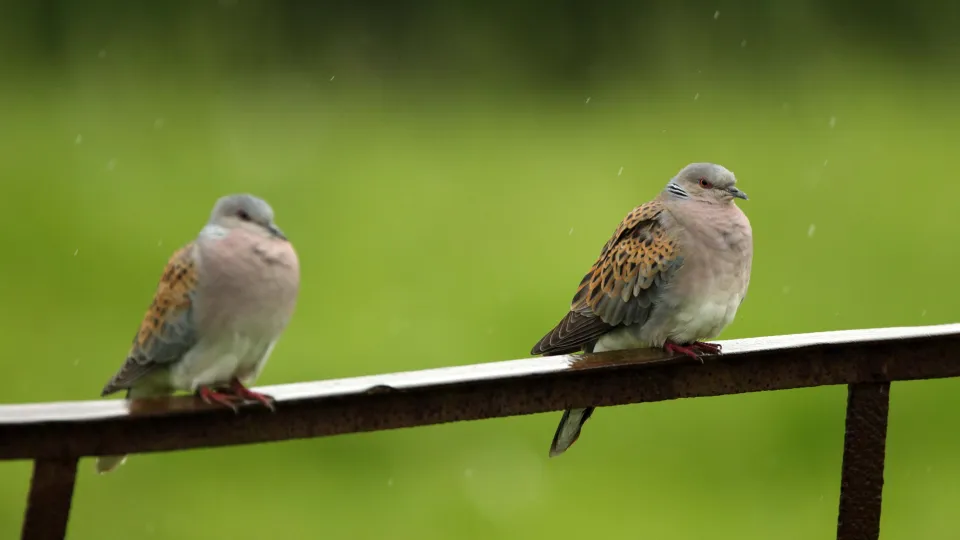
The turtle dove is the UK's fastest declining bird species and is on the brink of extinction. A small and pretty pigeon, it breeds in lowland England and winters in Sub-Saharan Africa.
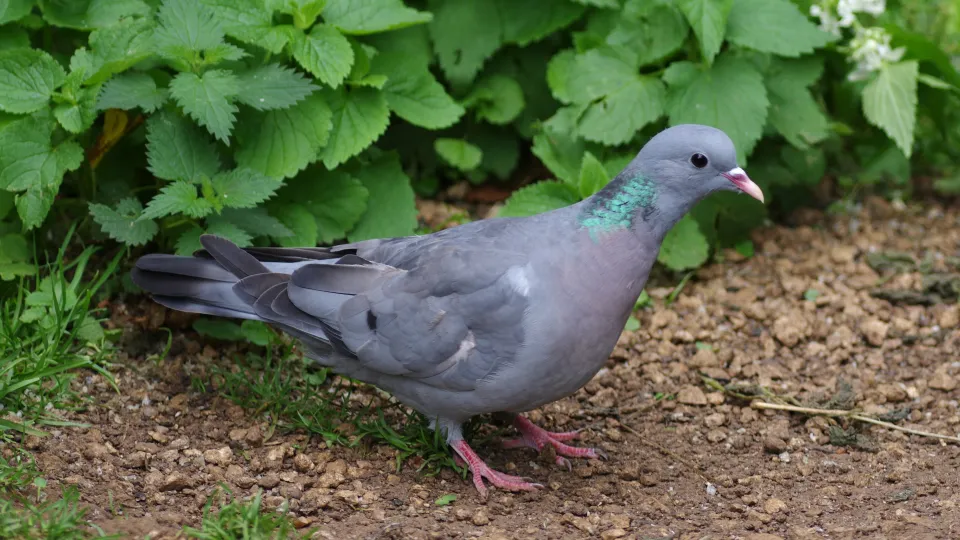
The stock dove looks very much like the woodpigeon, but without the white neck and wing patches. It can be spotted in woodlands and parks, and on farmland in winter, but rarely visits our gardens.
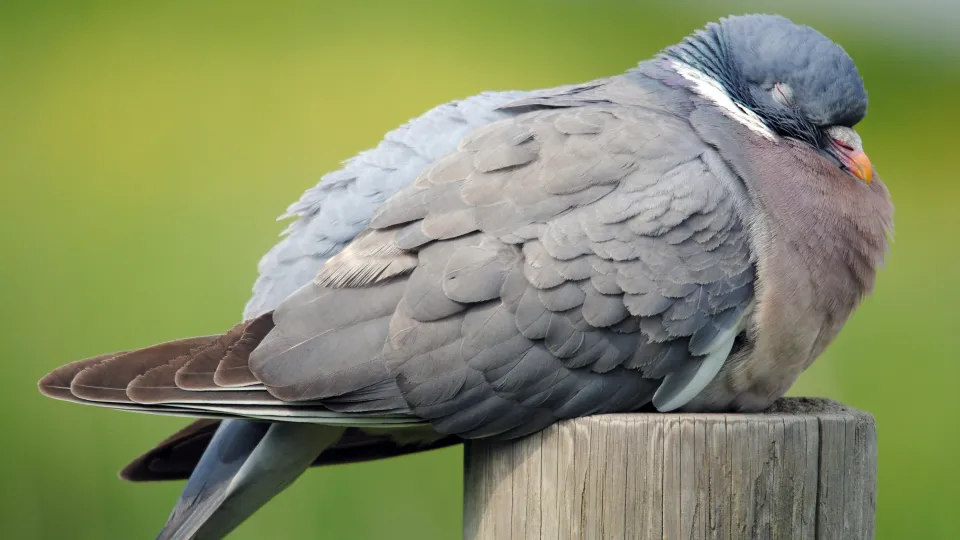
The large, plump woodpigeon is a familiar sight in our gardens and parks, but can also be found on farmland and in woodlands almost everywhere. You may hear its cooing call before you see the bird itself.
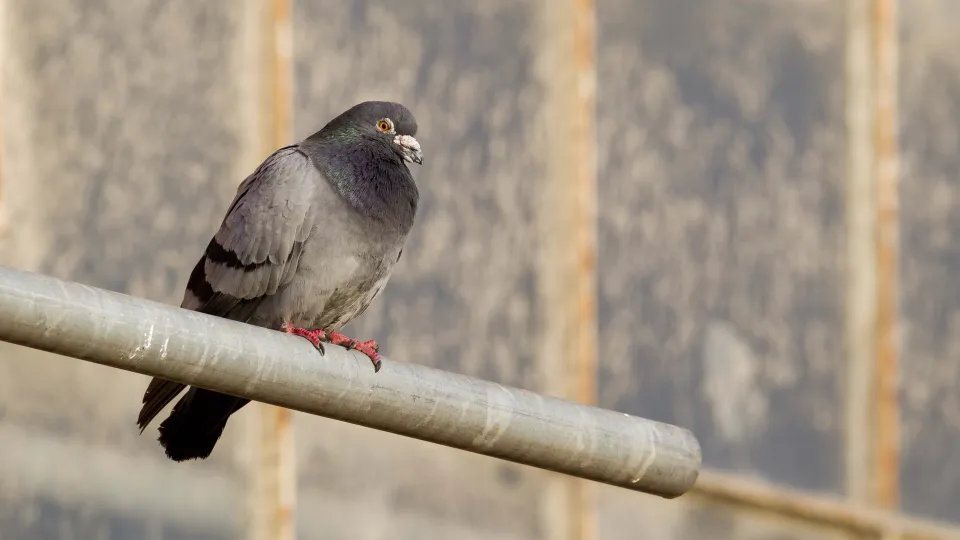
The wild rock dove is the ancestor to what is probably our most familiar bird - the feral pigeon, which is often found in large numbers in our towns and cities.
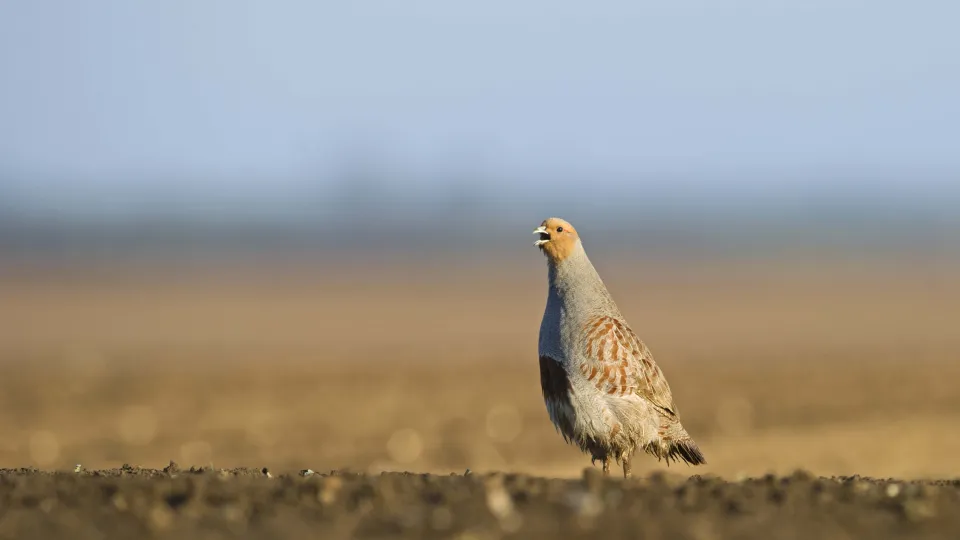
The grey partridge is an attractive bird that prefers the ground to pear trees! Found on farmland and grassland, it is under threat from loss of habitat.
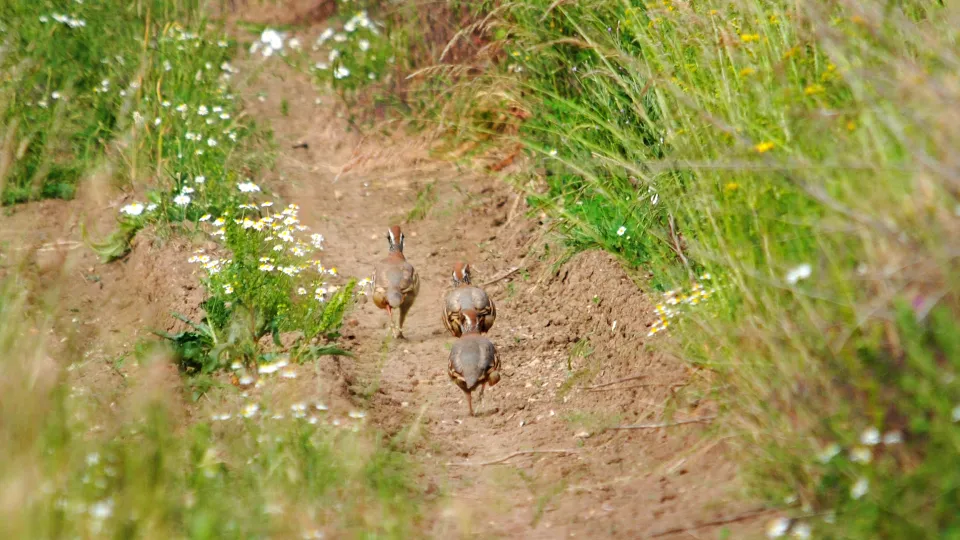
A plump gamebird, the red-legged partridge is an introduced species that seems to have settled here with little problem. It can be spotted in its favoured open scrub and farmland habitats.
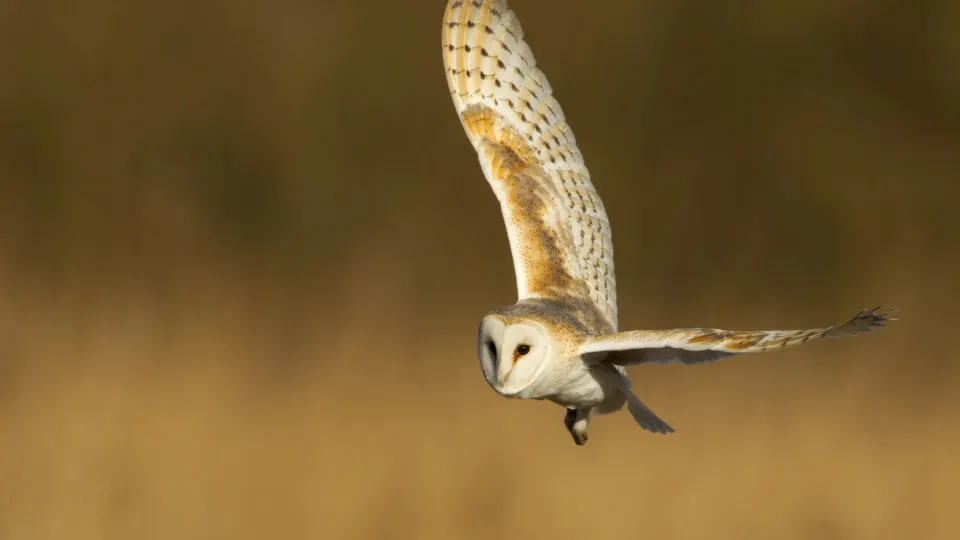
The beautiful barn owl is, perhaps, our most-loved owl. Look out for it flying low over fields and hedgerows at dawn and dusk.